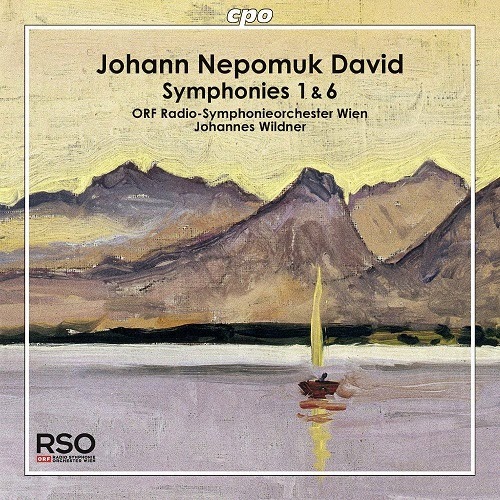- Each new age brought the criminal element forward with it. Then consider yourself one of the few, true internet marketers.It's probably some mix of the two, so I have to give him props for not going too far in either direction.
[So are you saying I part of the criminal element, Internet marketers, or what?]
Spelling Counts
- You should take part in a contest for one of tthe highest quality websites online. I most certainly will hihly recommend this website!
[I hihly doubt your recommendation will mean much unless you work on your spelling.]
- Hi there, all the time i used to check web sie posts here early in the break off day, because i like tto lerarn mor and more.
[I'd like you tto lerarn mor and more about about spelling, please.]
Lumbering along with a load of spam
Of course we received more comments about The Straco Layout, Part 23 - Lumbering along, a short post about small vintage Japanese tinplate toy.
 |
| The Nomura 3" Lumber Truck, ca. 1960. One of the hottest topicsonline -- if my posted comments are to be believed. |
[Um, this toy goes for about $10 tops. And it has a friction motor. And -- I have no idea what shells and stones have to do with anything.]
- I’m not that much of a online readеr to be ɦonest but your blogs really nice, keep it up! I'll go ahead and bookmark your website to come back later on. All the Ьest
[To be fionest, I don't think much of your comment.]
- WOW just what I was searching for. Came here by searching for erotic arts on The Straco Layout, Part 23 - Lumbering along
[Wow, did you come to the wrong blog!]
- Hello everyone, it's my first visit at this web site, and post is genuinely fruitful for me, keep up posting these content.
[We'll try to keep up the fruity goodness!]
What could be more fastidious than spam?
The word "fastidious" continues to be a favorite with these guys. How many ways can you misuse a word? Here are a few:
- Asking questions are truly fastidious thing if you are not understanding something totally, however this post presents good understanding even.
- Wow, this article is fastidious, my sister is analyzing such things, therefore I am going to inform her.
- Very rapidly this website will be famous among all blogging and site-building viewers, due to it's fastidious posts
[Yes, fastidious fame -- that's what I'm after.]
- Its not my first time to pay a visit this site, i am browsing this web page dailly and take fastidious information from here daily.
- Ahaa, its fastidious dialogue on the topic of this piece of writing at this place at this web site, I have read all that, so at this time me also commenting at this place.
[Ahaa, indeed.]
- Asking questions are in fact fastidious thing if you are not understanding anything completely, except this article offers pleasant understanding even.
[We're all about pleasant understanding. Even.]
- Hello, its fastidious piece of writing concerning media print, we all be familiar with media is a fantastic source of facts.
[Make that fastidious facts, if you please.]
And that's it for this month. Remember to keep your posts genuinely fruitful, full of fionest, fastidious information. Because you never know whose sister is analyzing such things.






































